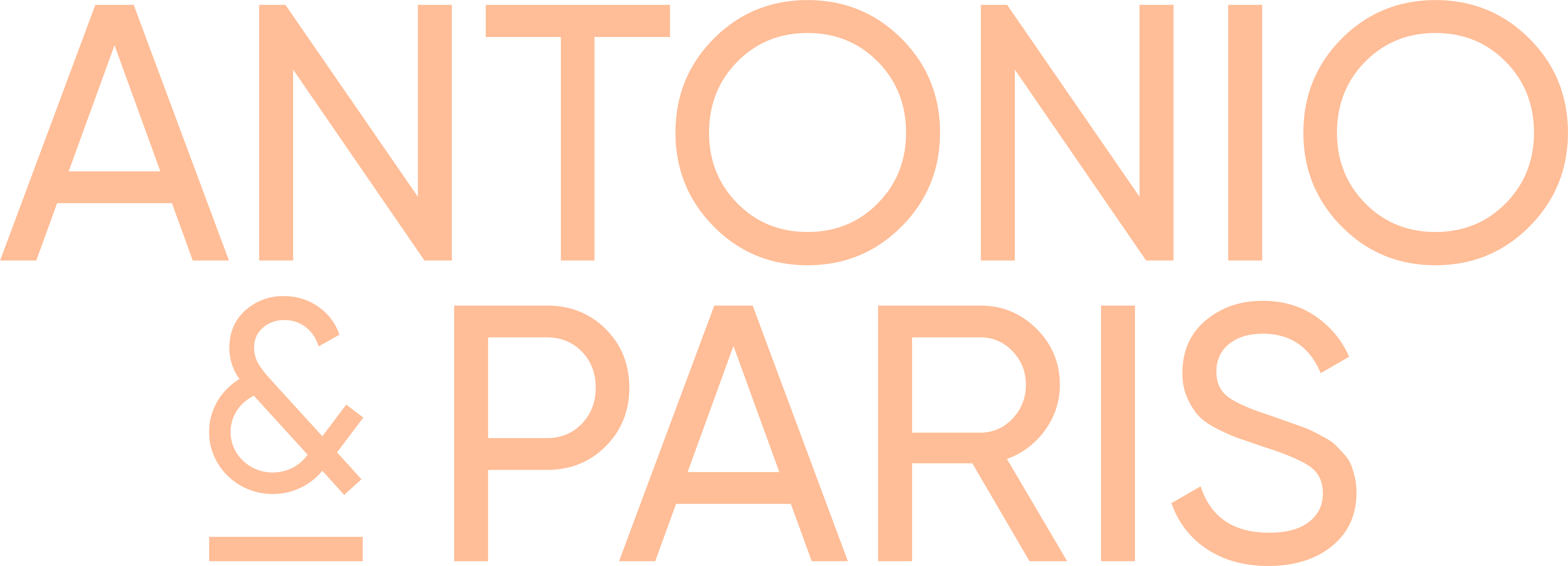Transforming Focus Group Participants to Co-Creators: Part One
BY: ANTONIO BUCHANAN | AUG 28, 2017 – 5 MIN READ

Life in our modern world is under a constant barrage of stimulants, but we have continued to discover solutions that help us to focus on the task at hand. Fidget spinners are said to keep a child engaged in a class by occupying multiple parts of the child’s brain so it doesn’t wander. At Antonio & Paris we understand the importance of fully engaging a person’s mind – both in the classroom as well as during qualitative research. This is not a replacement for traditional qualitative research, but a transformation from the mundane to the captivating. Primary, exploratory research is an important step into understanding underlying problems as well as developing future quantitative research topics. Creative redesign of this crucial phase can turn your group of consumers into partners on the same path of discovery.
Often in focus groups, participants are asked questions they’ve heard numerous times. When the brain is given a habitual question, answers are often knee-jerk reactions. Like memories of memories, having someone name their favorite snack food might result in the participant repeating the same response they have prepped for years. Their preferences and taste buds may change but their well-rehearsed answer remains constant. It is a challenge to get to deeper emotions in a limited time frame when these prompts are expected. Tasking them with an exercise fixes this problem. Turn a run of the mill focus group session on its head – “take magazines and cut out words describing your favorite snack” – and jolt their brain into an active role. By asking them to reach deep and find their inner truth, you instill confidence within them and receive a three-dimensional look into their mind, as opposed to a flat response to a tag line or color scheme.

A captivating space will not only keep their brains concentrated and attentive; it creates a team atmosphere as well. Being trapped in a room with a bunch of strangers can have exaggerating effects on personalities. Shy participants can feel overwhelmed while stronger temperaments can take over the conversation. When individuals work together as a group, they will encourage teammates to speak their minds and hold back from dominating the conversation. They want their “team” to succeed. Being inventive in the planning and execution process will actually create less work, both during the research and subsequent stages.
In rethinking the space and stimuli of a focus group, you will reap the richer consumer knowledge found through innovative design. Your participants become your collaborators, providing insights into their opinions and motivations. Antonio & Paris implements these ideas and more to the redesign of the standard focus group. We have dubbed our creation PlayGround Sessions. Learn more about the way we structure our sessions by reaching out to us at hello@antonioandparis.com.
Check back in for new blog posts and Part Two in this series on Qualitative Research– Exploiting Modern Technology.

WRITTEN BY
Antonio Buchanan
Short Bio — In 1999 after leading the charge on accounts, such as American Express, IBM, & Microsoft, at traditional global agencies in large agency networks, Antonio Patric Buchanan set out on his own to create a new agency model with his agency, bang!zoom. Within a couple of years, the agency was purchased by the Canadian holding company, MDC. In 2004 he launched Pure Moxie, which was rebranded in 2017 to what is now Antonio & Paris.

WRITTEN BY
Antonio Buchanan
Short Bio — In 1999 after leading the charge on accounts, such as American Express, IBM, & Microsoft, at traditional global agencies in large agency networks, Antonio Patric Buchanan set out on his own to create a new agency model with his agency, bang!zoom. Within a couple of years, the agency was purchased by the Canadian holding company, MDC. In 2004 he launched Pure Moxie, which was rebranded in 2017 to what is now Antonio & Paris.

